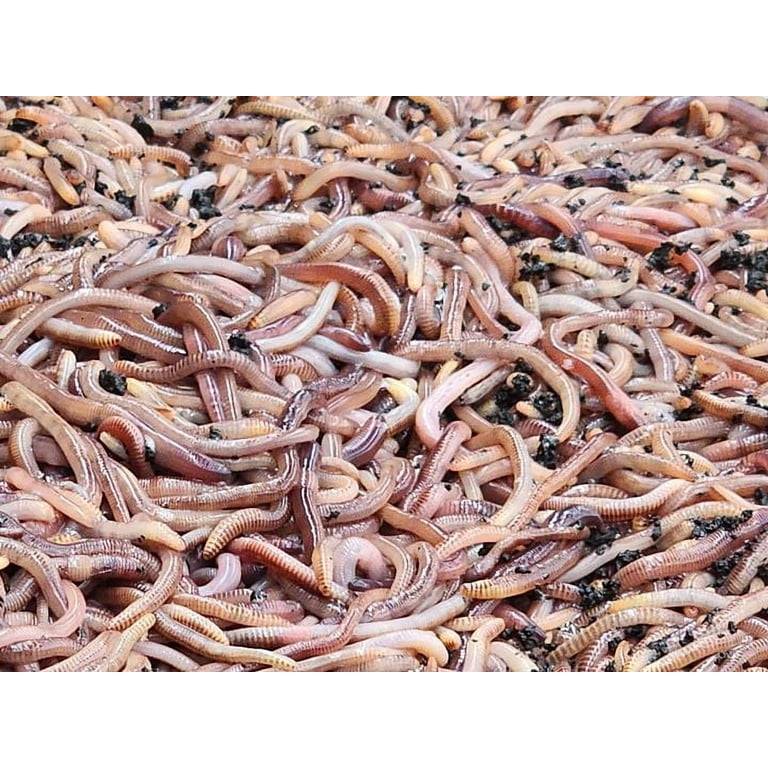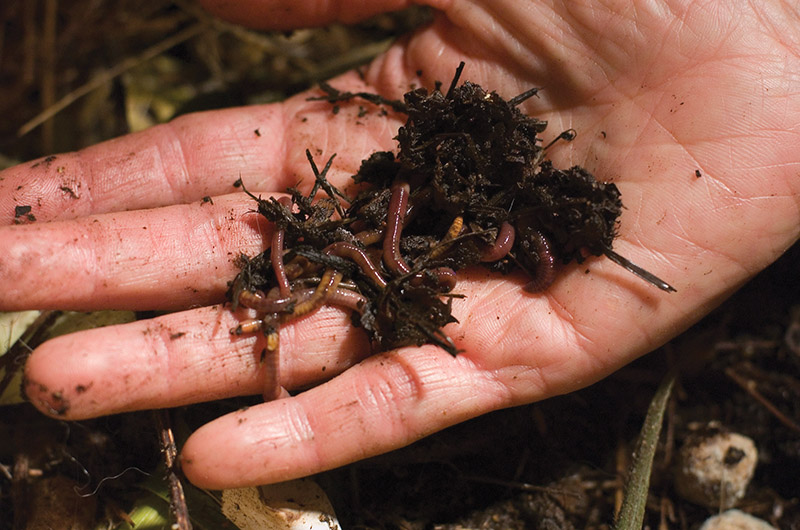Some Known Facts About Where To Find Red Wigglers.
Not known Factual Statements About Where To Find Red Wigglers
Table of ContentsThe 6-Second Trick For Where To Find Red Wigglers3 Easy Facts About Where To Find Red Wigglers DescribedThe Basic Principles Of Where To Find Red Wigglers What Does Where To Find Red Wigglers Mean?See This Report about Where To Find Red WigglersSome Known Facts About Where To Find Red Wigglers.
For finest results, you desire to fire for regarding 60-70% dampness level. The easiest test for this is to squeeze a handful as tough as you can. At the best dampness levels which is simply under 70% that handful ought to hardly produce one decrease of fluid. pH in a worm bin is pretty easy to keep.
The Indian Blue is voracious, yet additionally likes a warmer environment and it likewise shows a propensity to leave the container. The red wiggler is a hardy worm and isn't as choosy about its climate. I like to call it the Ford Taurus of vermicomposting worms; you won't brag to your hardcore composting pals that you possess them, yet they will offer you well.
As Faucet showed, an angler can do a great offer to make a worm a lot more attractive.
Where To Find Red Wigglers Can Be Fun For Everyone
I think you will too if you try them. The smaller sized the trout stream, the better worms work is an axiom that hasn't transformed in the 100-plus years because Perry composed his article. Anglers of his period just stuck their rickety fly poles with alder tangles and dropped a weighted worm into a deep hole.
Early morning is prime feeding time, and the lightweight bait's slow-moving descent leaves 5 inches of wriggling protein completely view for a long time. After you have actually made the cast, maintain the bond open and put the pole in a forked stick. The line will certainly drop off the pole in slow loops as the worm works out, yet usually the slow-moving loopholes will certainly become a blur, and the morning will suddenly obtain rather intriguing.
I normally utilize a whole 'spider, favor marabou dressing, and drop the rod for 2 or 3 secs when I obtain a hit.
If it's there, established the hook with a move rather than a jerk. Once in a while you'll find on your own hooked to those sluggish, hearty yanks, and really feel the weight of a nice walleye.
Facts About Where To Find Red Wigglers Uncovered
When the heavy walleyes carry on to the big-water shoals in the late summer season, try going after them with a bucktail jig and a 1-inch pinch of nightcrawler. The lure covers the hook factor, disperses weeds, and offers a preference of prey. With nothing dangling or flapping, it stays safe despite existing, casts, or ambitious panfish.
Whether you're wading or fishing from a boat, wandering worms is among the great browsing techniques for larger rivers. For trout, a spade-dug, 4-inch garden worm is the right dimension; for bass, walleyes, and steelhead, a nightcrawler may be a better option. The secret is to drift the lure through feeding and holding locations since fish in present are not going to go after down see this here the bait, as they may in still water.
Strikes will come as a sharp tug instead of a pull or rap. Fish the shifts: mouths of tributaries, bank-side slicks, and the edges of big swimming pools. As the late Ed Zern, Field & Stream's wonderful humorist, once put it: Fishermens are birthed straightforward but they get over it. His adage relates to any kind of variety of angling maneuvers, including the matter of adding a piece of worm to a damp fly.

The Single Strategy To Use For Where To Find Red Wigglers
Fill it with shredded newspaper, leaves, peat moss, and soil. Moisten gently. Cover and let sit for a week. Add a few hundred worms and feed them two times a week. Maintain the bed linen wet but not damp. On the menu: lettuce, fruit and vegetable waste, and the periodic nongreasy surplus.
Much like veggie scraps, you can take your utilized coffee premises and add them to a worm box. Worms enjoy consuming coffee premises. With the ideal problems and damp, healthy soil, worms can live in a pail of dirt for around three weeks. Store out of straight sunlight and maintain a temperature in between 50 and 80 levels.
When the heavy walleyes go on to the big-water shoals in the late summer, attempt going after them with a bucktail jig and a 1-inch pinch of nightcrawler. The bait covers the hook factor, disperses weeds, and uses a preference of prey. With absolutely nothing dangling or flapping, it remains safe and secure regardless of current, casts, or ambitious panfish.
How Where To Find Red Wigglers can Save You Time, Stress, and Money.
Whether you're wading or angling from a boat, wandering worms is one of the terrific looking approaches for bigger rivers. Where To Find Red Wigglers. For trout, a spade-dug, 4-inch garden worm is the right dimension; for bass, walleyes, and steelhead, a pop over to this site nightcrawler may be a much better choice. The key is to wander the lure with feeding and holding areas due to the fact that fish in existing are not mosting likely to chase down the bait, as they could in still water
Fish the transitions: mouths of tributaries, bank-side slicks, and the edges of huge pools. His adage uses to any kind of number of angling maneuvers, consisting of the issue of adding a piece of worm to a damp fly.
Raising your very own bait implies you can slide out of the house and hit the fish pond prior to Mother comes homejust like in the old days. Below's how to keep a worm box: Cut a sheet of CDX-grade plywood, which is made with waterproof glues, to your measurements. Accomplish together and drill a lots 12-inch holes in all-time low for drain.
How Where To Find Red Wigglers can Save You Time, Stress, and Money.
Fill it with shredded newspaper, leaves, peat moss, and soil. Moisten lightly. Cover and let sit for a week. Add a few hundred worms and site web feed them two times a week. Maintain the bed linens wet yet not wet. On the food selection: lettuce, vegetables and fruit waste, and the occasional nongreasy extra.
Similar to veggie scraps, you can take your used coffee grounds and add them to a worm box. Worms love consuming coffee premises. With the appropriate conditions and moist, healthy and balanced dirt, worms can reside in a pail of dirt for around three weeks. Store out of straight sunshine and keep at a temperature between 50 and 80 levels.